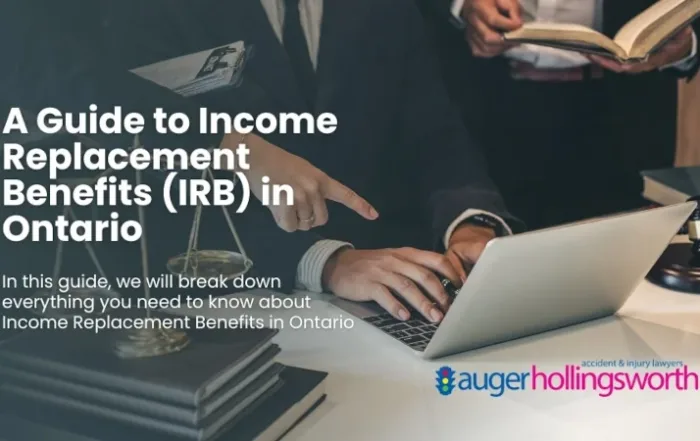Read-Ins from Discovery: How Past Testimony Becomes Evidence
If you’ve been examined for discovery in a personal injury case, that testimony might come back at trial. In Ontario, lawyers can “read in” portions of the transcript under Rule 31.11 to support their client’s case. It’s a powerful way to turn your opponent’s words into your evidence.
At Auger Hollingsworth, we prepare read-ins as part of our trial strategy. These are direct quotes from the other side’s discovery evidence—answers given under oath. We often use them to confirm liability, acknowledge pain and suffering, or establish timelines.
ALSO READ: How to Handle Evidence When the Other Side Refuses to Cooperate
Judges may ask us to file a brief or give notice in advance, especially if the read-ins are lengthy. Sometimes there’s pushback—opposing counsel might argue for more context. We manage this process professionally and persuasively to ensure your case stays focused and compelling.
Importantly, read-ins are part of our evidence-in-chief. That means we present them during our case, not just for rebuttal. And in non-jury trials, judges may prefer read-ins over live cross-examination to save time and avoid repetition.
This technique is especially helpful when witnesses become unavailable or when their in-court testimony changes. The transcript doesn’t forget.
If you want an injury law firm that knows how to use every line of discovery to your advantage, choose Auger Hollingsworth. We turn transcripts into tools for justice.














